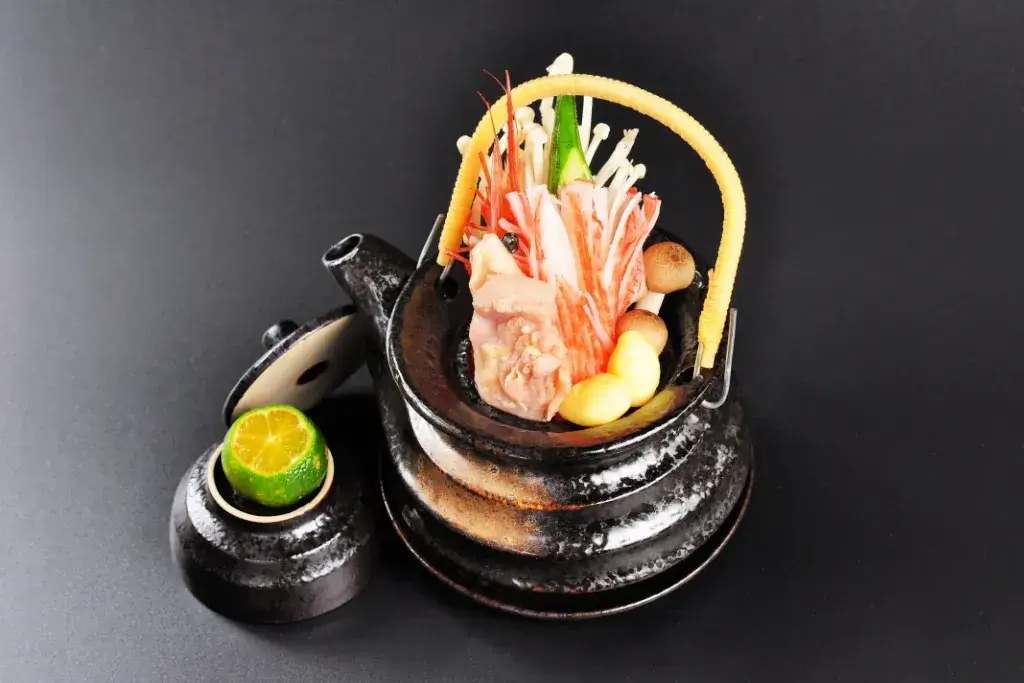Japan is famous for its rich culinary heritage and exquisite dining experiences. The country is home to some of the world’s most famous gourmet food restaurants, offering a unique blend of traditional and modern culinary creations. Here are six of Japan’s best luxury washoku restaurants to check out!
Table of Contents
ToggleAji Fukushima (Higashiyama-ku, Kyoto)
Aji Fukushima is located in Kyoto’s Gion-shijo area. It boasts one Michelin star for its exceptional cuisine. Specifically its traditional kaiseki dining. The cuisine involves meticulously prepared dishes showcasing the finest seasonal ingredients. From fresh sashimi to expertly crafted sushi and flavorful grilled options.
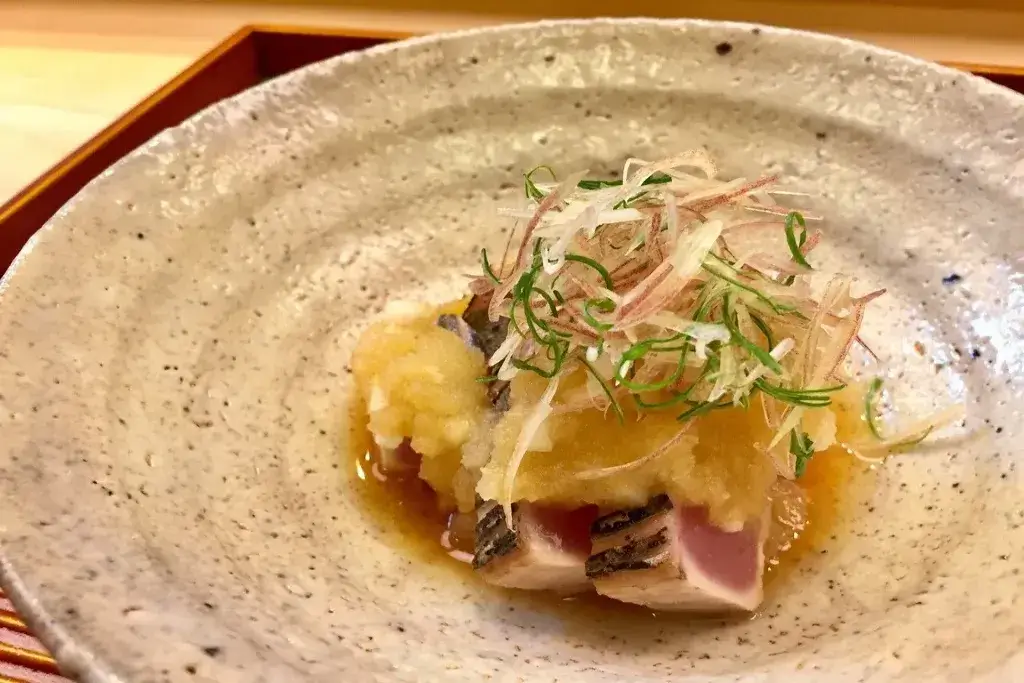
Additionally, the restaurant provides traditional tatami seating and private dining rooms. It offers an authentic and intimate experience. Aji Fukushima also stands out in Kyoto’s dining scene with a serene and elegant ambiance. One notable dish is the savory egg custard with icefish because it floats on a broth made from freshly shaved skipjack tuna. All in all, this dish offers a unique culinary experience.
Royal Mouriya (Kobe, Hyogo)
Royal Mouriya is in Kobe. It is a remarkable dining establishment known for its vintage decor and exceptional selection of seafood. The restaurant offers a luxurious and elegant ambiance. Vintage elements contribute to a sophisticated dining experience.
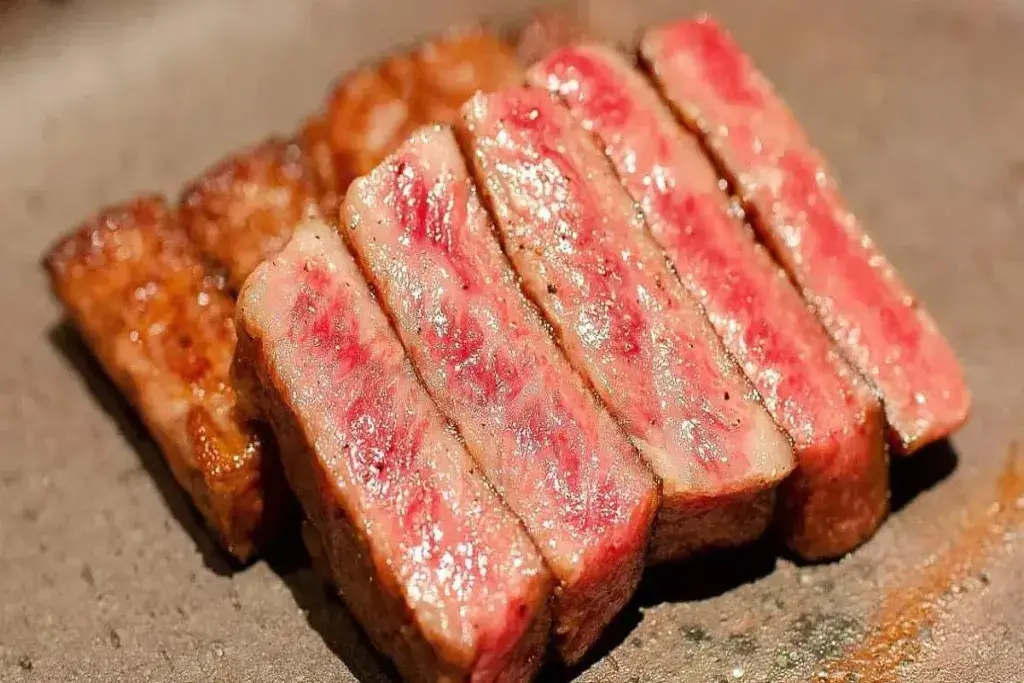
In addition to its renowned Kobe beef offerings, Royal Mouriya features a variety of premium seafood. Guests can indulge in a diverse range of exquisite culinary delights. The seafood includes American and European lobsters. The vintage decor adds a unique charm to the restaurant. It creates an inviting atmosphere for patrons to enjoy their meals.
SEIZAN (Minato-ku, Tokyo)
Seizan is a two-Michelin-starred kaiseki restaurant in Tokyo. It is famous for its inventive and exquisite dining experience. The restaurant focuses on exceptional soups and traditional set-course dining. The restaurant is located near Tokyo Tower.
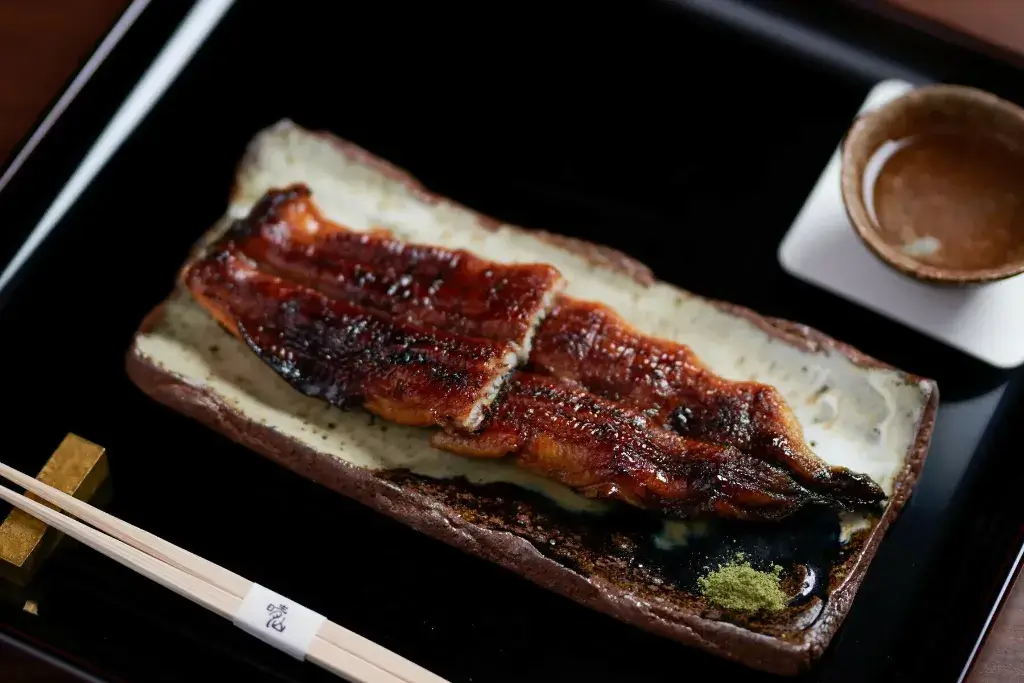
It offers counter-seating for guests to observe the expert knife work of the chef. It also provides private rooms for a more relaxed dining experience. With this in mind, the atmosphere at Seizan is comfortable yet dignified. Therefore, it provides the perfect setting to enjoy quality gourmet Japanese cuisine without pretension.
The restaurant’s menu features traditional Kaiseki fare and unique additions. These include suppon (softshell turtle) soup, unagi (eel), and roast beef. Seizan is famous for its sophisticated and chic space. For that reason, it provides an ideal setting for guests to relax and enjoy a high-quality dining experience.
Are you looking for some unforgettable snacks this season? Check out Sakuraco! Sakuraco delivers traditional Japanese snacks, teas, sweets, and snacks from local Japanese makers directly to your door so you can enjoy the latest treats directly from Japan!
Hajime (Nishi-ku, Osaka)
Hajime is a three-Michelin-starred restaurant in Osaka. It is a pinnacle of innovative Japanese cuisine. The restaurant offers a dining experience that transcends traditional boundaries. Head chef Hajime Yoneda’s culinary creations testify to his unique perspective. He generally incorporates story-like messages into his dishes. One of the restaurant’s signature dishes, “Planet Earth,” features 110 different vegetables, grains, and herbs. To that end, they are meticulously arranged around shellfish foam to represent land and sea.
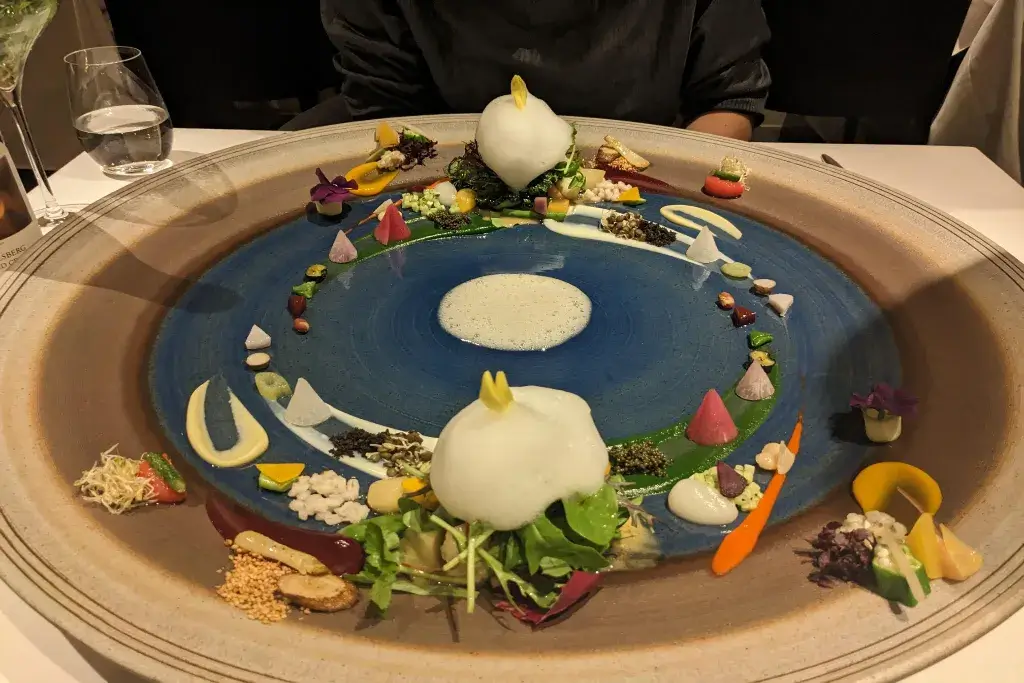
Generally, the tasting menu at Hajime is prepared a day in advance because it focuses on delivering an unforgettable journey through the art of gastronomy. The restaurant’s interior also exudes simplicity and solemnity. That is to say, it resembles an art museum, providing a fitting backdrop for the culinary and artistic masterpieces that grace the table.
Hajime’s commitment to creating the ultimate emotional experience through its dishes is evident in every aspect of the dining journey. This also includes flavor to themes and messages in biology, neuroscience, architecture, and astronomy. Moreover, the restaurant’s dedication to excellence has earned it a well-deserved reputation as a must-visit destination for those seeking an extraordinary and thought-provoking dining experience.
Tempura Kondo (Chuo-ku Tokyo)
Tempura Kondo is a prestigious Michelin-starred restaurant in Tokyo’s upscale Ginza district. The restaurant’s specialty is meticulously prepared tempura, a traditional Japanese dish consisting of seafood, vegetables, and other ingredients coated in a light batter and deep-fried to perfection.
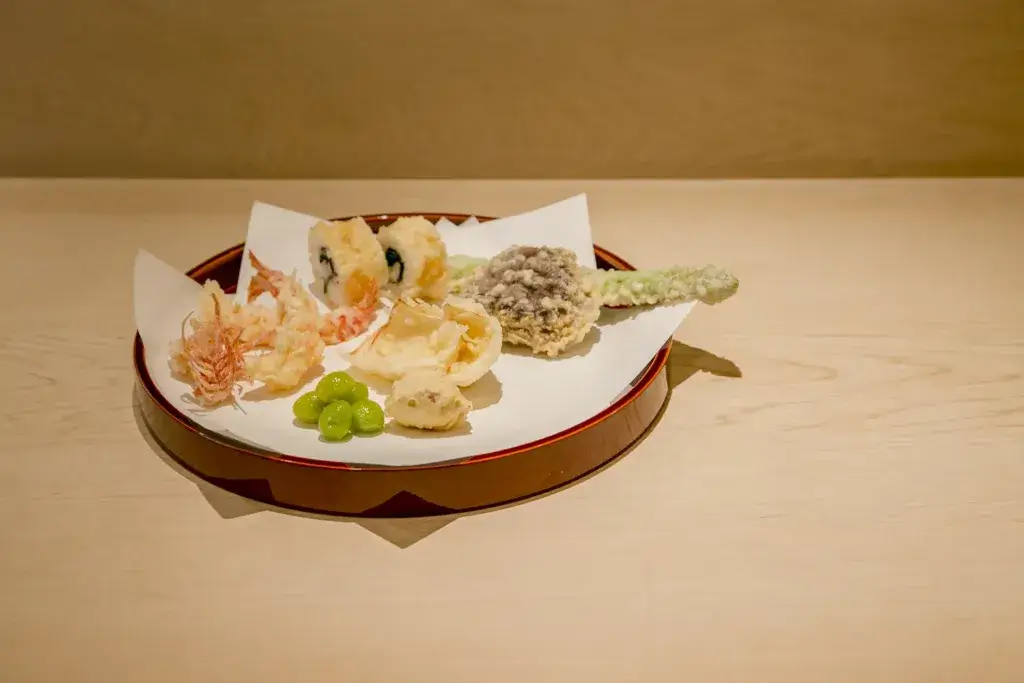
Without a doubt, one of the standout dishes at Tempura Kondo is the exquisite sweet potato tempura. It perfectly exemplifies the restaurant’s commitment to culinary excellence. That is to say, the sweet potato tempura comes with a delicate touch. This also results in a crispy yet tender texture that showcases the potato’s natural sweetness. All in all, the restaurant’s elegant and sophisticated ambiance provides the perfect setting for guests to indulge in these exceptional tempura offerings.
Imafuku (Minato-ku, Tokyo)
Imafuku is a one-Michelin-starred restaurant in Tokyo. It is renowned for its exceptional sukiyaki and shabu-shabu offerings. The restaurant is located in Shirokane, Minato City. It also features a contemporary dining setting and offers a concise menu that includes Kansai-style and Kanto-style sukiyaki.
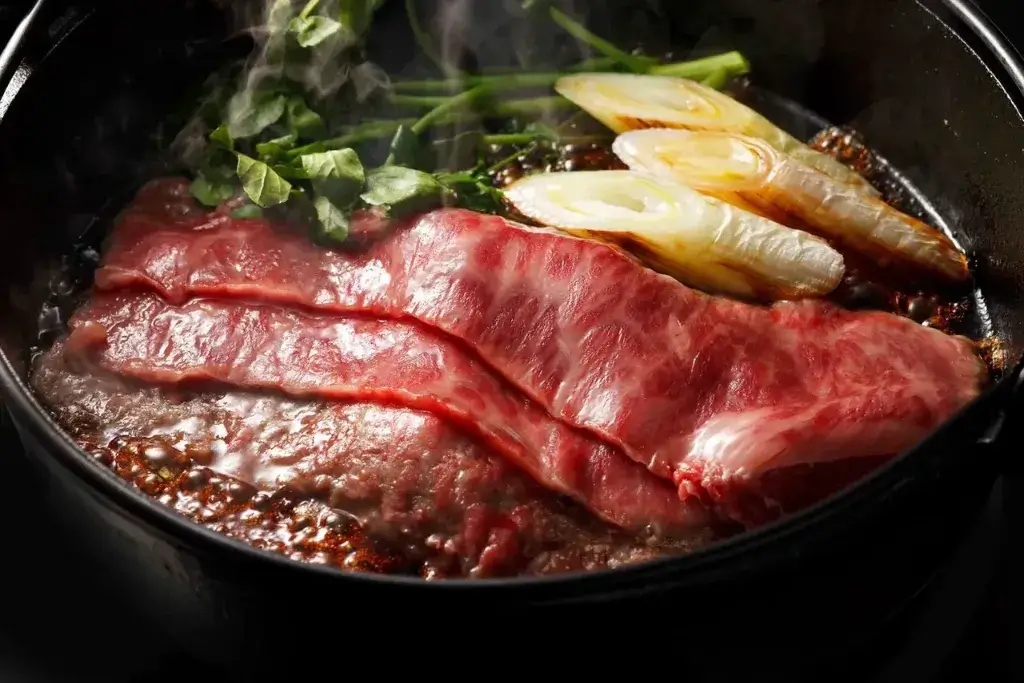
The Kansai-style sukiyaki features thinly sliced A5 wagyu beef. It is cooked with a chunk of beef fat before adding the soy sauce, mirin, sugar, and dashi-based broth. On the other hand, the Kanto-style sukiyaki starts with the broth being cooked first. Then, the beef and vegetables are added. Imafuku’s menu also includes shabu-shabu, a hot pot experience featuring thinly sliced A5 wagyu beef cooked at the table with vegetables in a soy sauce and mirin-based broth.
Why should I visit these gourmet food restaurants?
To sum up, visiting gourmet food restaurants can be a delightful and enriching experience. It allows you to explore unique and exceptional culinary creations. Moreover, these establishments often prioritize using high-quality ingredients and meticulous preparation. This also offers a chance to savor carefully crafted dishes with extraordinary flavors and textures.
Dining at gourmet restaurants can also provide an opportunity to appreciate the artistry and creativity of top-tier chefs. You can indulge in a sophisticated and elegant dining atmosphere. Have you ever been to a Japanese gourmet food restaurant? Let us know in the comments below!


